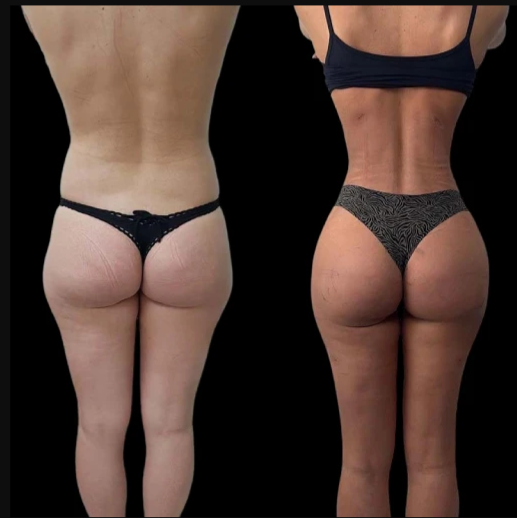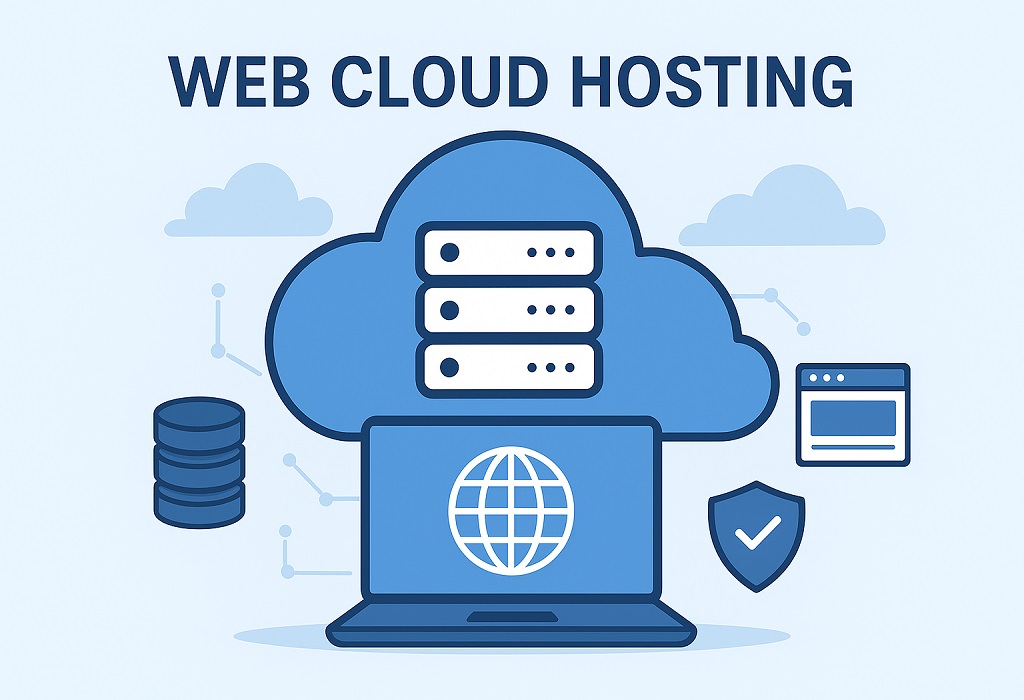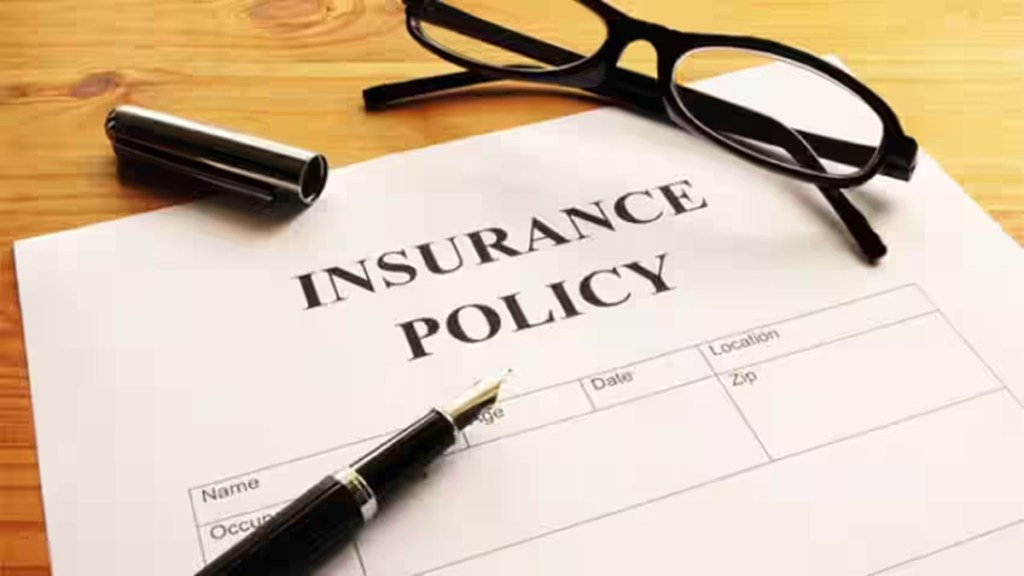Insurance is often the financial safety net that helps cover medical bills, property damage, and liability claims. But one of the most critical aspects of insurance that often gets overlooked is policy limits. Knowing the policy limits of an insurance plan can mean the difference between having your expenses covered and being left with significant out-of-pocket costs.
This guide will walk you through everything you need to know about insurance policy limit lookup: what it is, why it matters, how to find policy limits, and what to do if the coverage is insufficient.
What Are Insurance Policy Limits?
An Insurance Policy Limit Lookup is the maximum amount an insurance company will pay for a covered loss. It defines the insurer’s liability in the event of a claim. Anything beyond this limit becomes the policyholder’s responsibility.
There are different types of policy limits depending on the insurance coverage:
Per Occurrence Limit – The maximum payout for a single claim or incident.
Aggregate Limit – The total amount an insurer will pay during the policy period (usually one year).
Split Limits – Common in auto liability policies, these set separate maximums for bodily injury per person, bodily injury per accident, and property damage.
Combined Single Limit (CSL) – A single lump sum that covers both bodily injury and property damage claims.
Understanding these distinctions is vital because it shapes how much financial protection is actually available in different scenarios.
Why Policy Limit Lookups Are Important
Policy limit lookups are often necessary in legal, medical, and financial situations. Here are the main reasons why:
Personal Injury or Car Accident Claims
After an accident, medical bills and damages can add up quickly. Knowing the other driver’s liability coverage limit helps victims and their attorneys determine whether insurance will cover all damages or if they should pursue additional compensation.
Litigation and Settlements
Lawyers frequently conduct policy limit lookups to understand the scope of potential recovery. This prevents wasted time negotiating settlements that exceed what an insurer can actually pay.
Business and Commercial Disputes
Companies entering into contracts often request insurance verification to ensure that their partners carry adequate liability coverage.
Peace of Mind
Even outside of legal disputes, knowing the limits of your own policies helps you decide whether to increase coverage, purchase umbrella insurance, or adjust deductibles.
How to Find Insurance Policy Limits
Locating policy limits can be straightforward in some cases and complicated in others. The method you use depends on whether you’re checking your own policy or trying to discover someone else’s policy limits after an accident.
1. Checking Your Own Policy
The easiest lookup is for your own coverage. You can:
Review your declarations page: This summary page lists all coverages, limits, and deductibles.
Log in to your insurer’s online portal: Most carriers now provide digital access to policy details.
Call your agent or insurer directly: Customer service can confirm limits and answer questions.
2. Requesting Information After an Accident
If you’re trying to determine the insurance limits of another party, the process can be more complex:
Ask the at-fault driver: In some states, drivers are required to disclose policy limits upon request.
Send a formal request through your attorney: Lawyers often send a “policy limit demand letter” requiring disclosure.
File a lawsuit: During the discovery phase, insurance details must typically be revealed.
State-specific disclosure laws: Some states mandate insurers to disclose policy limits when a valid claim is made.
3. Insurance Policy Limit Lookup Services
Specialized services and databases exist that can help identify insurance policy limits, particularly for attorneys handling accident claims. These tools often use a combination of public records, accident reports, and proprietary data to estimate or confirm coverage. While not always precise, they can provide valuable insights early in a case.
Challenges in Policy Limit Lookups
While necessary, looking up policy limits isn’t always easy. Some of the main obstacles include:
Privacy Concerns – Insurance details are considered private information, so access is restricted.
State Law Variations – Some states require disclosure, others don’t. Rules about when and how limits must be revealed vary widely.
Uncooperative Insurers – Insurance companies may delay or refuse to disclose limits until compelled by law or litigation.
Umbrella Policies – A driver or business may carry additional liability coverage through umbrella insurance, which can complicate lookups.
These challenges are why many individuals turn to experienced attorneys to handle policy limit discovery on their behalf.
What If Policy Limits Are Too Low?
One of the most sobering realities of insurance is that policy limits may not fully cover losses. For example, if a driver only carries the state minimum liability coverage ($25,000 in many states), and your medical bills total $100,000, there’s a significant shortfall.
Options in such cases include:
Suing the at-fault party personally: Though recovery may be limited if they lack assets.
Using your own uninsured/underinsured motorist coverage (UM/UIM): This kicks in when the other driver’s insurance isn’t enough.
Exploring umbrella policies: For businesses or individuals with significant assets, umbrella coverage provides extra protection.
Understanding this possibility reinforces the importance of both knowing other parties’ limits and setting adequate limits for your own policies.
Tips for Managing Your Own Policy Limits
Review Your Coverage Regularly
Life changes—new car, new home, or new dependents—should trigger a policy review.
Avoid Minimum Coverage
State minimums are often too low to provide real protection. Consider higher limits.
Add Umbrella Insurance
For relatively low premiums, umbrella coverage can add an extra layer of liability protection.
Understand the Trade-Off Between Premiums and Protection
Higher limits cost more, but the peace of mind and financial security are often worth it.
Ask Your Agent About Industry Standards
Insurance professionals can recommend appropriate limits based on your financial situation, assets, and risk exposure.
Policy Limit Lookup in Different Types of Insurance
While most discussions focus on auto accidents, Insurance Policy Limit Lookup apply across insurance categories:
Auto Insurance: Bodily injury and property damage liability.
Homeowners Insurance: Dwelling coverage limits and liability protection.
Health Insurance: Annual and lifetime benefit maximums (though many have been phased out under the Affordable Care Act).
Commercial General Liability (CGL): Aggregate and per-occurrence limits for businesses.
Professional Liability (Malpractice Insurance): Coverage caps for claims against professionals like doctors or lawyers.
Each type of insurance has its own structure for limits, making it important to understand how your specific policy works.
Final Thoughts
Insurance policy limit lookup is a vital but often misunderstood part of financial and legal protection. Whether you’re a driver involved in an accident, a business owner entering a contract, or simply someone reviewing your personal coverage, understanding policy limits ensures that you know exactly how much protection is available.
While discovering another party’s policy limits can be challenging due to privacy and state law variations, there are clear pathways, ranging from direct requests to formal legal processes. For your own policies, regular reviews and strategic upgrades to limits or umbrella coverage can prevent devastating financial exposure.






